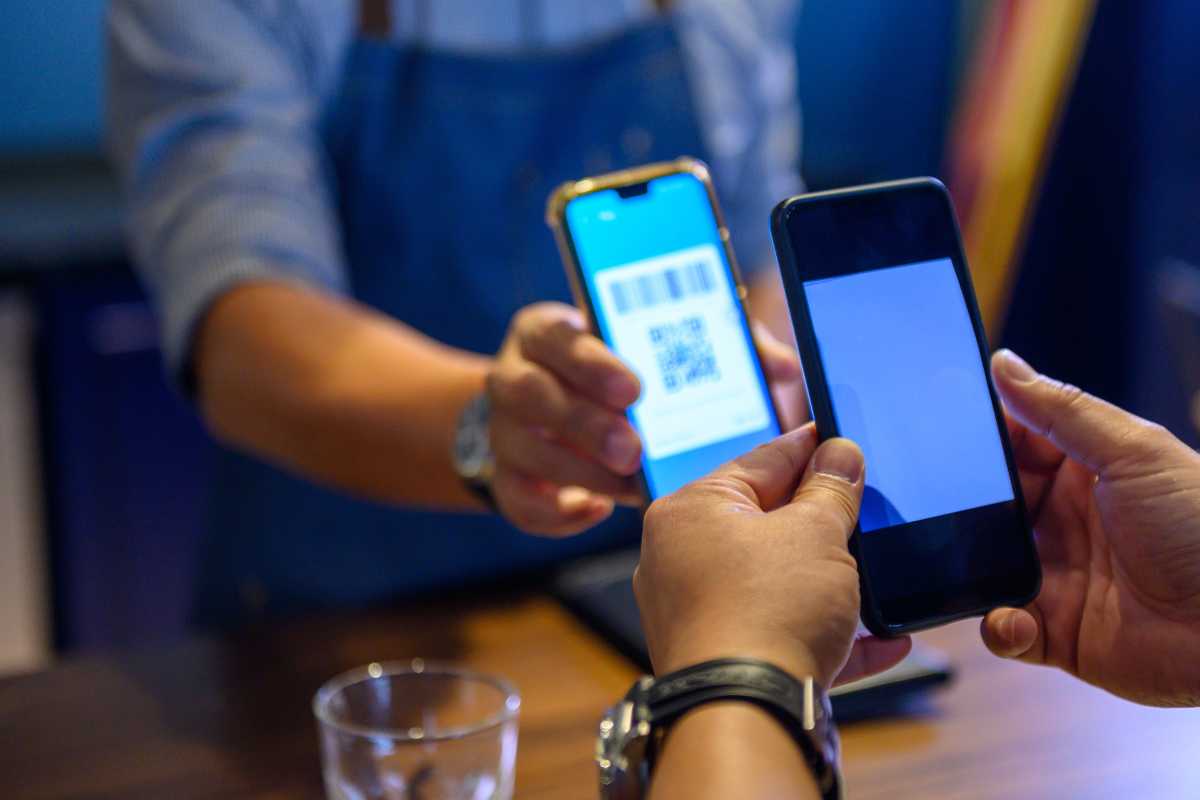Beyond Cashless: The Digital Payments Revolution Powering Global Economies
A World Moving Beyond Cash
Once upon a time, cash was king. People carried bills and coins for every transaction, and the sound of a cash register marked commerce. But in 2025, the landscape of payments looks dramatically different. The digital revolution has made paying with cash increasingly rare, replaced by tap-and-go cards, mobile wallets, cryptocurrencies, and even biometric transactions.
The digital payments revolution is more than just convenience; it is fundamentally reshaping global economies, financial systems, and human behavior. It is driving inclusion for the unbanked, transforming businesses, and influencing government policy on taxation, security, and growth. In this blog, we’ll explore how digital payments are powering economies worldwide, the technologies behind them, the benefits and risks, and what the future holds beyond cashless societies.
The Shift from Cash to Digital Payments
The movement toward cashless economies has been accelerated by a combination of technological, social, and economic factors:
- Pandemic-Driven Adoption: COVID-19 sped up the adoption of contactless payments, as hygiene concerns discouraged physical currency use.
- Smartphone Penetration: With billions of smartphones in circulation, mobile wallets like Apple Pay, Google Pay, and Alipay have become mainstream.
- E-commerce Boom: As online shopping grows, digital payments serve as the backbone for fast, secure, and global transactions.
- Government Push: Many governments encourage digital transactions for transparency, tax collection, and to reduce black-market economies.
By 2025, digital payments will account for more than 70% of consumer spending in advanced economies and are rapidly rising in emerging markets.
Types of Digital Payments Powering Economies
The ecosystem of digital payments is vast and diverse. Key forms include:
1. Mobile Wallets
Apple Pay, Google Pay, PayPal, and regional giants like Alipay and Paytm allow users to store card details and pay instantly through smartphones.
2. Contactless Cards
Tap-and-go technology offers speed and security, reducing friction at physical points of sale.
3. QR Code Payments
Particularly popular in Asia, QR payments make transactions simple for small businesses and street vendors.
4. Cryptocurrencies & Stablecoins
Bitcoin, Ethereum, and stablecoins like USDC represent an alternative, decentralized form of digital payments, gaining traction in global trade.
5. Central Bank Digital Currencies (CBDCs)
Countries like China (with the digital yuan) and the Bahamas (Sand Dollar) are experimenting with sovereign digital money.
6. Biometric Payments
Face recognition, fingerprint authentication, and even palm scans are being tested to replace physical cards or devices.
The Economic Impact of Digital Payments
1. Boosting Financial Inclusion
Digital payments have become a gateway for the unbanked. Mobile banking and digital wallets empower people without traditional bank accounts to participate in the economy. In Africa, platforms like M-Pesa have transformed entire financial ecosystems, allowing rural communities to transact, save, and grow businesses.
2. Enhancing Efficiency in Trade
Businesses save billions through faster, automated payment systems, reducing transaction costs and eliminating manual inefficiencies.
3. Encouraging Formal Economies
Digital payments bring informal transactions into the formal economy, increasing tax revenue and reducing corruption.
4. Driving E-commerce and Gig Economies
Platforms like Uber, DoorDash, and Shopify thrive on seamless digital payments, fueling job creation and entrepreneurial growth.
5. Empowering Global Transactions
Digital payments reduce cross-border barriers, allowing small businesses in India or Africa to sell to customers in the U.S. or Europe with just a click.
Technology Behind the Revolution
The success of digital payments hinges on a blend of cutting-edge technologies:
- Blockchain: Ensures secure, decentralized transactions, particularly for cryptocurrencies.
- Artificial Intelligence (AI): Detects fraud patterns, improves personalization, and automates payment systems.
- 5G Networks: Enable faster, real-time processing of payments, critical for mobile-first economies.
- NFC & QR Code Technology: Simplify transactions with one tap or scan.
- Cloud Computing: Supports the scalability of payment platforms and global transaction volumes.
Together, these technologies ensure speed, security, and accessibility, pillars of a successful digital payment ecosystem.
Benefits of Digital Payments
For Consumers
- Convenience: Transactions are quick, seamless, and available 24/7.
- Security: Encryption and biometrics reduce risks associated with physical cash.
- Financial Literacy Tools: Apps offer spending insights and budgeting assistance.
For Businesses
- Wider Customer Reach: Ability to serve global customers without payment barriers.
- Faster Cash Flow: Payments are processed instantly, reducing delays.
- Data Insights: Payment data reveals consumer preferences and behaviors.
For Governments
- Transparency: Easier monitoring of transactions helps curb illegal financial activities.
- Higher Tax Revenues: Formalization of economies ensures proper taxation.
- Economic Growth: Digitalization boosts overall economic efficiency and participation.
Challenges and Risks
Despite its many benefits, digital payments come with challenges that economies must address:
- Cybersecurity Threats: Digital platforms are prime targets for fraud, hacking, and identity theft.
- Digital Divide: Populations without access to smartphones, the internet, or bank accounts risk exclusion.
- Dependence on Technology: System outages, network failures, or power cuts can paralyze economies heavily reliant on digital systems.
- Privacy Concerns: With governments and corporations tracking transactions, individuals worry about surveillance and data misuse.
- Regulatory Complexities: Different countries have varying rules on digital payments, creating friction for global businesses.
Case Studies: Global Leaders in Digital Payments
China: The QR Code Economy
Alipay and WeChat Pay dominate the Chinese market, with QR code payments accepted everywhere from high-end malls to street vendors. The digital yuan is also gaining traction.
India: The UPI Revolution
India’s Unified Payments Interface (UPI) has transformed the nation’s financial ecosystem, with billions of monthly transactions reshaping the way Indians pay for everything from groceries to online shopping.
Nordic Countries: Leading Cashless Societies
Sweden and Norway are nearly cashless, with digital payments accounting for over 90% of transactions. Sweden’s central bank is exploring an e-krona to solidify its leadership.
Africa: Mobile Money Champions
Kenya’s M-Pesa and similar platforms across Africa have brought financial services to millions who were previously excluded from formal banking systems.
The Future of Digital Payments: What Lies Beyond Cashless?
1. Central Bank Digital Currencies (CBDCs)
CBDCs will become more common, allowing governments to maintain monetary control while offering digital efficiency.
2. Biometric Payments Becoming Mainstream
Fingerprints, face scans, or even iris recognition will replace cards and smartphones for transactions.
3. Integration with Metaverse and Virtual Economies
As virtual worlds grow, digital payments will fuel commerce in gaming, entertainment, and virtual real estate.
4. AI-Powered Personalized Finance
Digital payments will integrate with AI to provide consumers with real-time advice on spending, saving, and investing.
5. Greater Global Interoperability
Seamless cross-border payments will empower global commerce, eliminating the high costs of foreign exchange.
Tips for Businesses in a Cashless Future
Businesses must adapt to stay competitive:
- Adopt Multiple Payment Options: Offer digital wallets, crypto, and traditional card payments.
- Invest in Cybersecurity: Build consumer trust with secure platforms.
- Leverage Data Analytics: Use payment insights to enhance customer experiences.
- Educate Customers: Help clients transition to digital payments confidently.
- Stay Compliant: Keep up with changing global regulations to avoid legal risks.
Conclusion: Digital Payments as the Engine of Global Growth
The digital payments revolution is more than a convenience; it’s a catalyst for global economic transformation. By breaking barriers to financial inclusion, enabling seamless trade, and driving transparency, digital payments have become the lifeblood of modern economies.
While challenges remain, such as cybersecurity threats and digital inequality, the trajectory is clear: the future is beyond cashless. Nations, businesses, and individuals who embrace this shift will not only survive but thrive in the digital-first financial era.
In 2025 and beyond, digital payments aren’t just changing how we spend; they’re shaping how we live, connect, and grow in a truly global economy.













